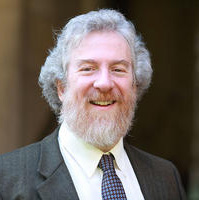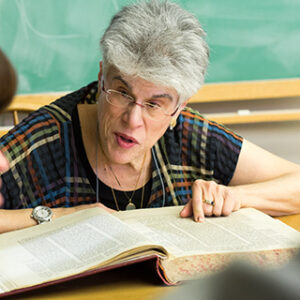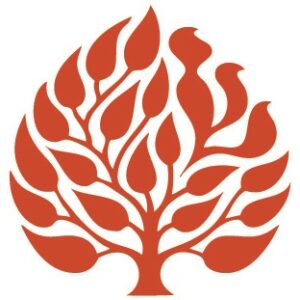
“This Year We Are Slaves”: How and Why Do We Celebrate Freedom in the Face of Oppression?
Apr 18, 2014 By Eliezer B. Diamond | Commentary | Pesah
What does it mean to celebrate Passover in the shadow of death?
Read More
Preparing for Seder Part 3—Visual Midrash on the Four Children
Apr 11, 2014 By Samuel Barth | Commentary | Pesah
The four children (formerly known as the four sons) are among the most provocative part of the seder—for children provoke their parents. That is why Elijah is needed to restore peace between the generations. The evolution of the text as we find it in our Haggadah is complex, and interesting explanations can be found in the recent JTS collection of Sound Bytes of Torah for Passover on YouTube. I have long been fascinated by the interpretation in imagery that offers four books, presumably each book representing one of the four “types” of child. But which one is which?
Read More
Elijah—Families and the End of Days
Mar 27, 2014 By Samuel Barth | Commentary | Pesah
Elijah is an enigmatic and beloved figure in the Passover seder, with a myriad of explanations for his appearance and role. It’s worth noting that Elijah appears first in our liturgical texts even before we sit down to begin the seder: the haftarah for Shabbat Hagadol (the Shabbat before Pesah) is from the end of Malachi, and concludes with the haunting words, “Behold, I will send you Elijah the Prophet before the coming of the great and awesome Day of Adonai; and he will return the hearts of parents to their children, and the hearts of children to their parents.”
Read More
Pesah: A Liberating Experience for Women
Mar 4, 2013 By Judith Hauptman | Commentary | Pesah
There is no festival more home- and family-oriented than Pesah. Sukkot may run a close second, but the seder places Pesah way ahead. Although celebrating at home with a lavish family meal should make this holiday a pleasure to anticipate, for many women this is not so. The painstaking conversion of the kitchen from leaven-filled to leaven-free status has turned the Festival of Freedom into an intense period of domestic labor rather than a celebration of personal and national liberation. That was not the intention of the halakhah.
Read More
Isaiah: Visions and Wellsprings of Salvation
Mar 25, 2013 By Samuel Barth | Commentary | Pesah
It is often interesting to look closely at the haftarot (readings from the Prophets), and wonder about the juxtaposition of texts, themes, and ideas; what is this text looking to tell us or provoke/inspire within us?
Read More
Approaching Pesah, Part 2: Who Are the Children at the Seder?
Mar 20, 2013 By Samuel Barth | Commentary | Pesah
Let me offer a few thoughts on the part of the seder that has continually enchanted me since I was a child. The Haggadah presents four “types” of children, labeling each and offering directives to the parents on how to respond to each type. This is based upon four verses in the Torah that instruct the Children of Israel to explain (to their children) the rituals of Pesah. The Haggadah assumes that if something is repeated four times, with different language, that there must be a reason: that there are different types of children, each needing a different response.
Read More
Approaching Pesah, Part 1: “Turning the Heart”
Mar 13, 2013 By Samuel Barth | Commentary | Pesah
Two seemingly disconnected texts offer an insight into the experience of Pesah. On Shabbat Hagadol (the Shabbat before Pesah, this year on March 23), the haftarah from Malachi ends with the powerful words, “before the coming of the great and awesome day of God I will send you the prophet Elijah; he will turn the hearts of parents to [their] children, and the hearts of children to parents” (Mal. 3:23).
Read More
Illustrations of Moses in the Amsterdam Haggadah, 1695
Jan 9, 2015 By Library of the Jewish Theological Seminary | Commentary | Shemot | Pesah
Strikingly, Moses is barely mentioned in the text of the Haggadah, despite his prominence in the Torah’s account of the Exodus that begins with this week’s parashah. He is, however, prominently featured in some editions via the illustrations.
Read More


